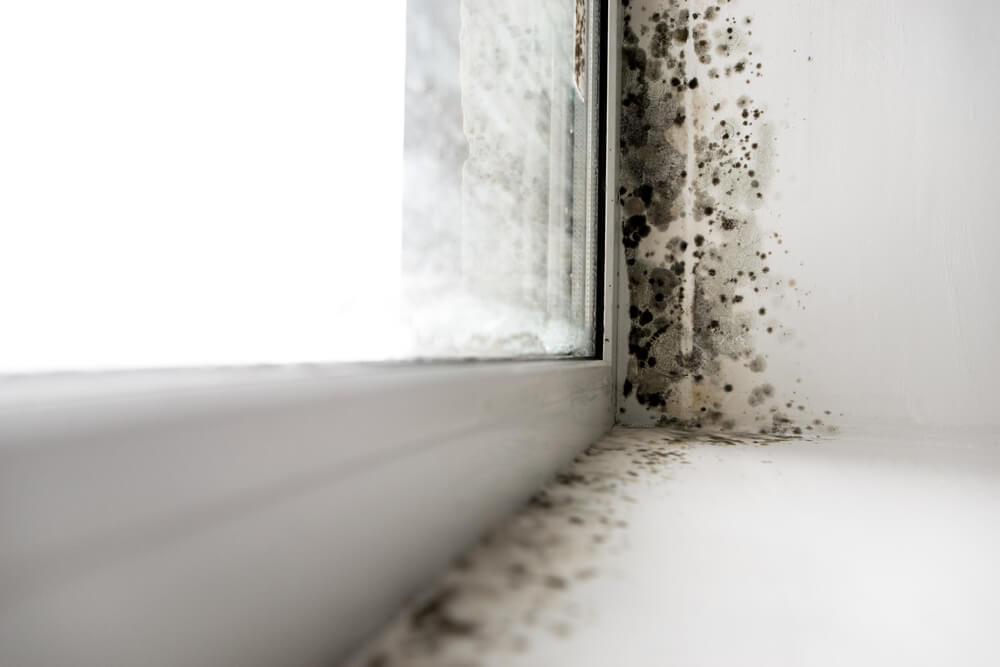Table of Content



With the intermittently wet and windy weather the UK experiences, it is no surprise that, occasionally, our homes succumb to conditions and come down with a case of damp. Damp can manifest itself in any number of different ways but condensation, rising damp and penetrating damp are three of the most pervasive.
We have years of experience in penetrating damp treatment and our team is acutely aware of the issues it can cause.
In this post, you’ll learn not only how to identify damp but how to treat it.
Condensation
Most prevalent of all of the iterations of damp, this is perhaps the case because condensation is the result of excess moisture forming within the home, rather than forcing its way in from the outside.
Everyday tasks – cooking, washing and drying clothes indoors – are all contributors to condensation, which of course, means that moisture is almost always present in the air. When it becomes a problem though, condensation announces itself by forming water droplets on the windows and walls of your home. Over time, it can decay window frames, damage paint, and plaster, and in the very worst cases, produces black mould capable of causing respiratory issues – all best avoided.
Rising damp
The older a house is, the more likely it is to be affected by rising damp. Preventing damp in old houses is trickier because damp proof courses and damp proof membranes, the natural counteragents, did not become a requirement of building regulations (in their most primitive form) until 1875. Problems with rising damp stem from a missing or worn damp proof course, one that sits below the ground surrounding your home, or simply an absence of quality drainage.
The symptoms of rising damp are similar to that of any other damp problem: peeling paint and wallpaper and damaged skirting boards and plaster. In one respect though, rising damp is able to distinguish itself from its counterparts: by tattooing walls with a white, powder-like substance. In its advance, rising damp picks up salts from the ground and building materials, which is why it leaves behind white-tinged tide marks on the walls of your home.
Penetrating Damp
Moving horizontally rather than vertically, penetrating damp infiltrates a home through its walls. Some kind of defect in your home can be held accountable for its advance. Whether that is faulty brickwork or guttering, cracked render or internal leaks, the culprits can be many in number. Penetrating damp makes itself known to homeowners with dampness on walls. These areas of dampness will worsen in parallel with the increasingly severe weather.
How to treat damp
Damp is only ever a consequence of some fatal flaw in your home’s make-up. Rectify the flaw and you also rid your home of damp. As debilitating as damp problems may seem, they can easily be cured with the right help on hand.
Damp specialists in London, like All Weather Coating, can alleviate penetrating damp through their damp proof treatment for walls.
Applied by trained professionals using the latest equipment, damp proofing paint for exterior walls can shore up your home’s defenses and eliminate the possibility of damp affecting your home again.
Call, email or use this contact form to set in motion the damp proofing process.

